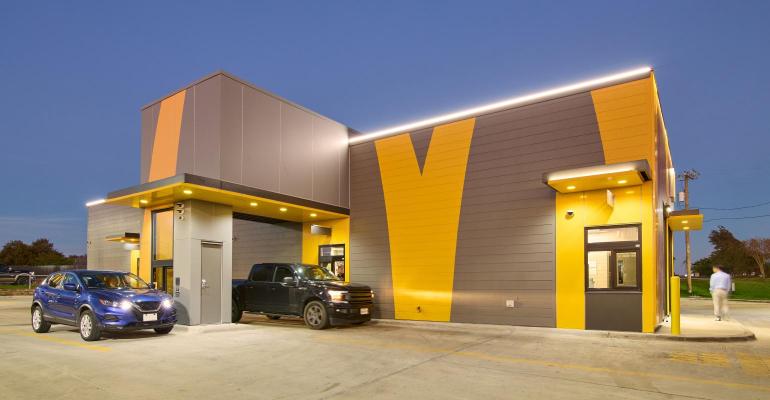
Off-premises has always been a big chunk of business at the drive-thru heavy Golden Arches. But that business has become more holistic and significantly more robust throughout the past several years, as it has at most chains. During McDonald’s Q3 earnings call Monday morning, executives noted that digital sales in its top six markets are now above 40%, buoyed by 57 million 90-day active loyalty members.
That said, do not expect the company’s newish, digital-forward, to-go restaurant model to become the dominant prototype in McDonald’s massive real estate portfolio. For those unfamiliar, McDonald’s opened a test restaurant late last year in Fort Worth, Texas, with a mobile-order-ahead lane for customers who want to skip the traditional drive-thru lane and pick up their order via a conveyor system.
The restaurant also includes an in-store pickup shelf, self-order kiosks that accept cash and credit, and a designated indoor area and parking spaces for delivery drivers and curbside order pickup. According to a company spokesperson, the nearly 3,200-square-foot model is 26% smaller than an average traditional U.S. restaurant, which is certainly appealing given persistent inflationary pressures and limited real estate availability hindering accelerated development.
You’d think the confluence of rising digital sales and rising costs would be enough to inspire the company to put more eggs in the to-go-format basket, particularly as the company gets back to net unit growth. But that doesn’t seem to be the case as reiterated by CEO Chris Kempczinski during Monday’s earnings call.
“We’re continuing to follow and assess the (Fort Worth) test. You can say there is going to be an opportunity for us to have restaurants that are smaller footprint and that don’t have a dining room,” he said. “You will see some of those. But from a development standpoint, the vast majority is for traditional restaurants. We think we still have quite a bit of opportunity for traditional restaurants.”
That’s not to say, however, that McDonald’s won’t take some of its learnings from its test and apply them to those traditional restaurants. As digital sales continue to grow, we could see more restaurants add dedicated mobile order ahead lanes, for instance. Thanks to the swift adoption at Chipotle and other chains, customers are growing accustomed to this convenience. Same with pickup shelves. Same with designated parking spaces for off-premises orders. And so forth.
In fact, the only thing really unique about the test restaurant in Texas is the conveyor belt, but even those are becoming more common (e.g. Taco Bell, Chick-fil-A). As these features become more common, and digital adoption becomes more pervasive, consumer expectations will continue to shift at an accelerated pace. This is perhaps why Taco Bell has made it clear that its new restaurants will feature various design elements and it’s likely McDonald’s new restaurants will do the same. Even if they’re “traditional.”
McDonald’s plans to disclose more of its development plans during its investor update event on Dec. 6. For now, we know the company started to grow its domestic footprint again at the end of last year after several years of retrenchment, and we know that development will look a lot different than it has in the past.
“The (test) restaurant is considerably smaller than a traditional restaurant and as the way customers order and receive their food has changed dramatically over the past few years, it is geared toward customers based on their needs wherever they are,” Kempczinski said in July. “While our primary focus is on opening traditional units, we are always testing and learning new ways to meet the needs of our customers.”
Original Article:
[H/T] RestaurantBusinessOnline.com



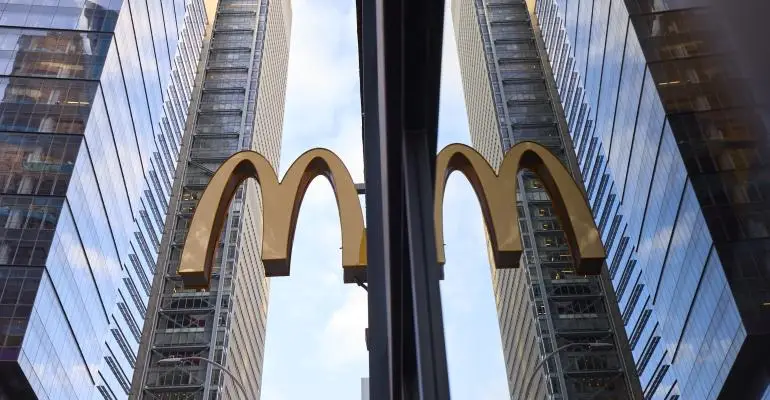

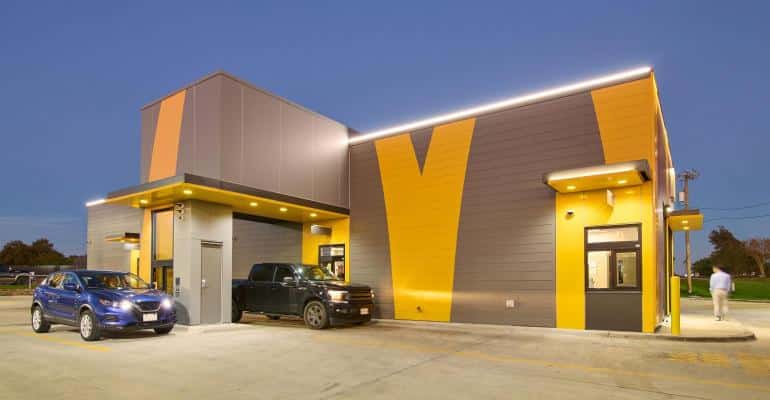

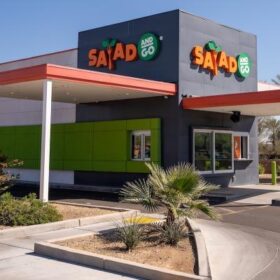
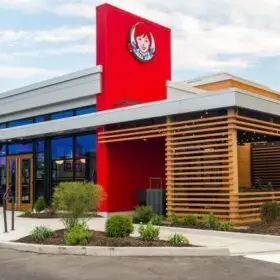
 Powered by
Powered by